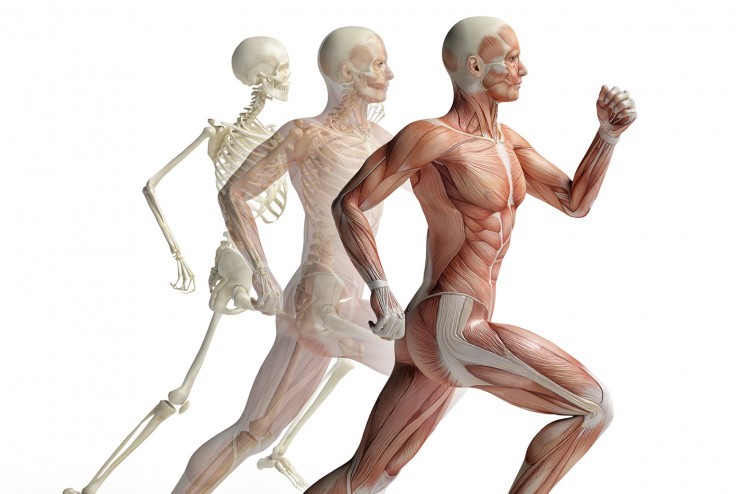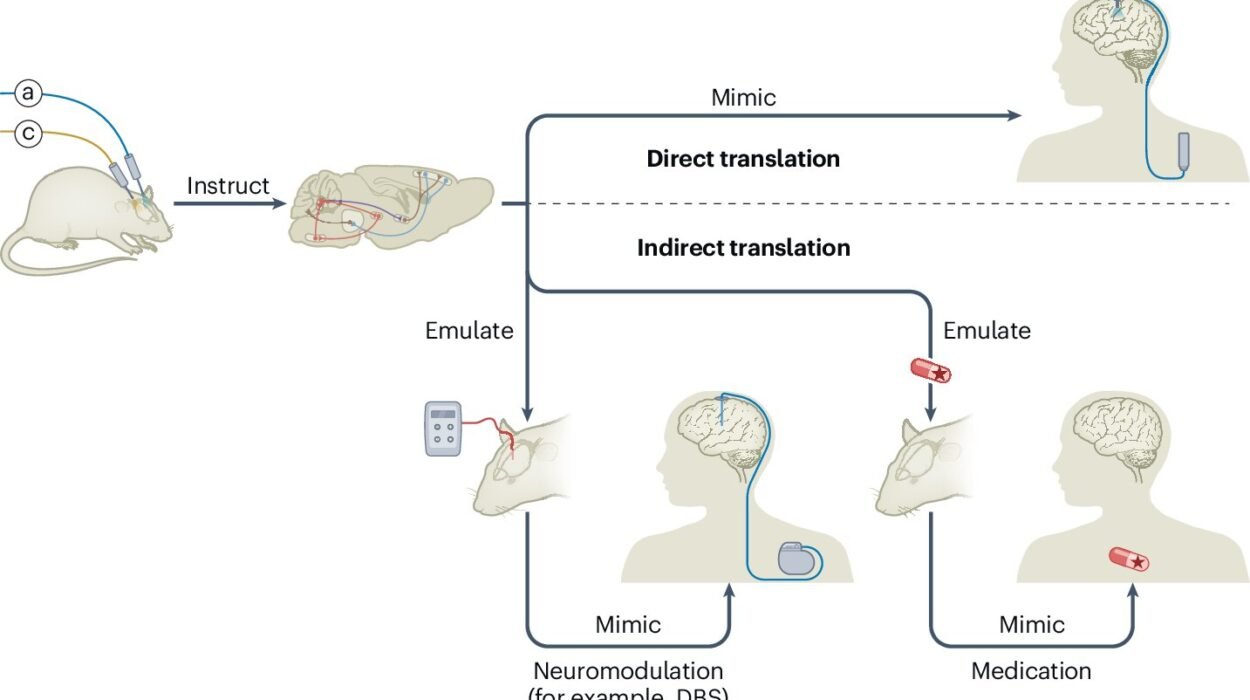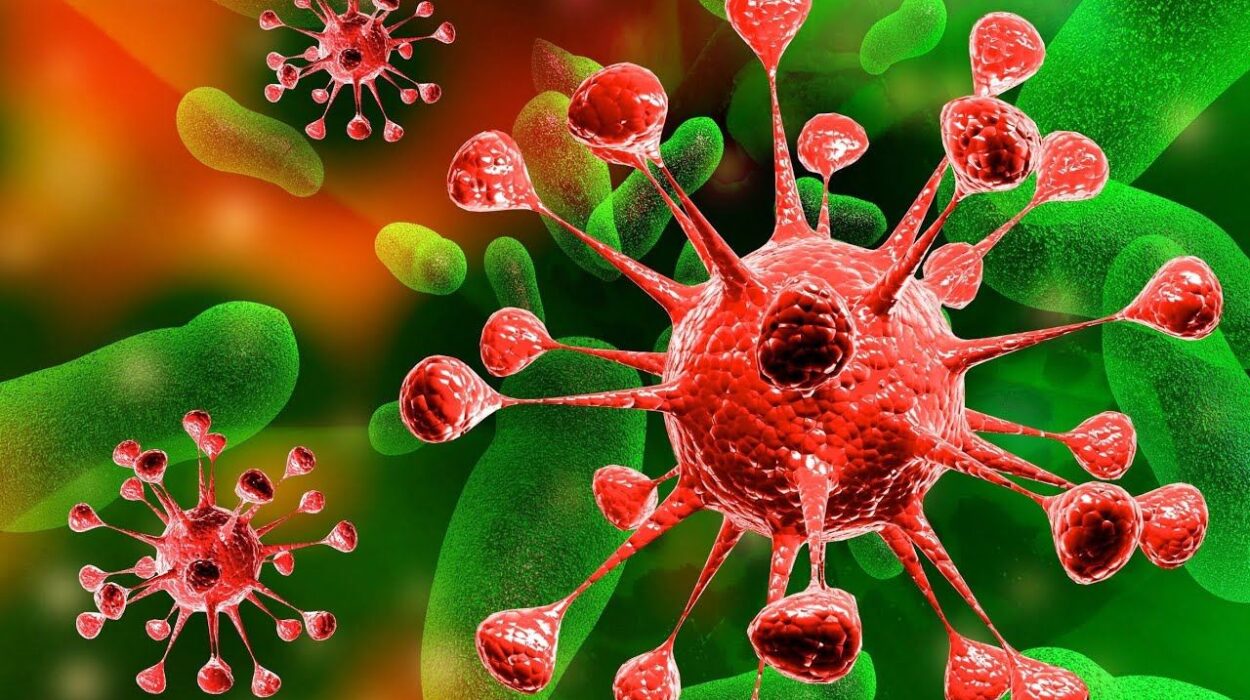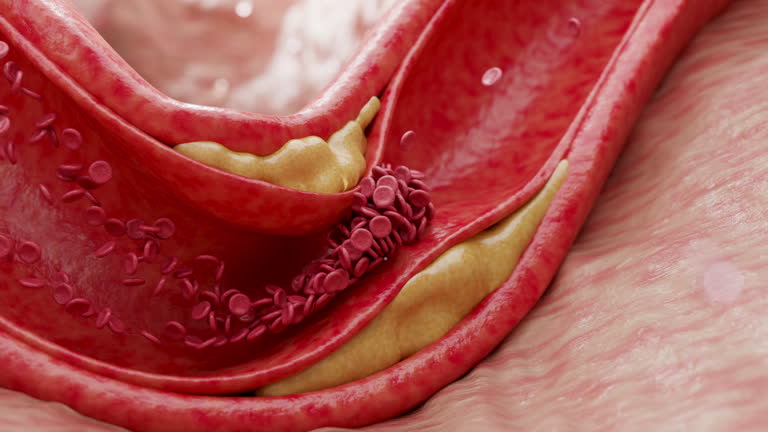The human body is a symphony of motion, resilience, and adaptation. At its core lies the musculoskeletal system—a complex and dynamic architecture of bones, muscles, tendons, ligaments, joints, and connective tissues that give us form, protect our organs, and allow us to move through the world. It is this system that empowers a child to leap, a dancer to spin, and an athlete to push the limits of human performance. But it does not flourish on its own. It responds, evolves, and thrives in response to one powerful stimulus—exercise.
From gentle stretching to high-intensity strength training, physical activity profoundly shapes our musculoskeletal health. It influences how strong our bones become, how elastic our tendons remain, how coordinated our movements feel, and how resistant our joints are to wear and tear. Far from being a mere tool for weight control or cardiovascular fitness, exercise is the very language through which we communicate with our structural foundation. Understanding how exercise affects the musculoskeletal system is key to unlocking not just a longer life, but a more mobile, pain-free, and independent one.
The Adaptive Dance Between Muscle and Motion
Muscles are more than just the visible definition in our arms or legs—they are biologically active tissues that adapt and reshape themselves based on how we use them. At the microscopic level, muscles consist of long fibers composed of smaller units called myofibrils. When we engage in resistance or strength training, these fibers undergo microscopic damage. It might sound harmful, but this damage is exactly what triggers the magic of muscular adaptation.
In response, the body mobilizes satellite cells—muscle stem cells that fuse with damaged fibers to repair and rebuild them, resulting in hypertrophy, or muscle growth. This process is driven by hormonal signals like testosterone, growth hormone, and insulin-like growth factor, which amplify protein synthesis and cellular regeneration.
But muscle adaptation isn’t just about size. Exercise improves muscle efficiency, oxygen utilization, and energy metabolism. With endurance training like running or cycling, muscles increase their mitochondrial density, enhancing the ability to generate energy aerobically. The muscles become more fatigue-resistant, enabling longer periods of activity without burning out.
Importantly, regular exercise prevents the insidious decline of muscle mass known as sarcopenia. This age-related degeneration typically begins around age 30 and accelerates after 60. Without intervention, sarcopenia can result in frailty, loss of independence, and increased fall risk. Strength training even twice a week can significantly slow or reverse this decline, preserving not just function but autonomy.
How Bones Respond to the Demands of Weight and Impact
Bones might seem static, but they are dynamic organs engaged in constant renewal. The process of bone remodeling is carried out by two specialized cells—osteoblasts, which build bone, and osteoclasts, which break it down. This continuous turnover allows bones to adapt to mechanical stress and repair damage.
Exercise plays a central role in stimulating osteogenesis, or bone formation. Weight-bearing activities like walking, dancing, or strength training create ground reaction forces and muscle contractions that stress the skeleton. In response, osteocytes—mechanosensitive bone cells—trigger a cascade of signals that activate osteoblasts to lay down new bone tissue, increasing bone density and strength.
The benefits of exercise on bone health are most pronounced during childhood and adolescence, when bones are still growing. Engaging in high-impact activities during these years can dramatically increase peak bone mass, reducing the risk of osteoporosis later in life. But even in older adults, exercise can slow bone loss and reduce fracture risk.
Studies show that resistance training and impact-loading exercises are especially effective in increasing bone mineral density in critical areas like the spine, hips, and femur. Activities like squats, lunges, and jumping—even in modified, low-impact forms—can yield meaningful skeletal benefits. For individuals with osteoporosis, carefully supervised exercise programs can enhance stability, posture, and bone integrity without risking injury.
Joints as the Shock Absorbers and Hinges of the Body
Joints are the anatomical structures that allow bones to move relative to one another. They are marvels of engineering, enabling motion while bearing weight, cushioning impact, and maintaining alignment. But they are also vulnerable to wear, especially when movement patterns are inefficient or when inflammation takes hold.
Regular exercise is one of the best tools for preserving joint health. Contrary to popular belief, movement does not “wear out” joints—it lubricates them. Synovial joints, such as those in the knees, hips, and shoulders, are encased in a capsule filled with synovial fluid. This fluid acts as a lubricant, reducing friction between cartilage surfaces. Exercise stimulates the production and circulation of this fluid, keeping joints supple and nourished.
Moreover, the muscles, tendons, and ligaments surrounding joints act as stabilizers and shock absorbers. When these structures are weak or imbalanced, the load on the joint increases, leading to cartilage degeneration and pain. Strengthening the surrounding muscles through targeted resistance exercises helps offload the joint and distribute forces more evenly.
For individuals with joint diseases like osteoarthritis, exercise can seem counterintuitive. Yet research consistently shows that low-impact activity reduces pain, improves range of motion, and delays the progression of arthritis. Aquatic exercises, cycling, and tai chi are particularly effective, offering gentle movement without excessive stress on the joints.
Tendons and Ligaments as the Bridges of Stability and Force
Tendons and ligaments are the fibrous connectors of the musculoskeletal world—tendons link muscle to bone, while ligaments connect bone to bone. Though often overlooked, these structures are critical for stability, posture, and movement.
Tendons are remarkably strong and elastic, capable of transmitting enormous forces generated by muscle contractions. They also store and release elastic energy during activities like running and jumping, improving efficiency. Ligaments, on the other hand, provide joint stability by limiting excessive motion.
Exercise, particularly strength training and plyometrics, strengthens these connective tissues by stimulating collagen synthesis. As tendons and ligaments adapt, they become more resilient to strain and less prone to injury. But adaptation is slower in these tissues than in muscle, which is why gradual progression and adequate recovery are essential in any training program.
Tendon and ligament injuries—like Achilles tendinopathy or ACL tears—can be devastating. But exercise, when properly prescribed, is also the most effective means of rehabilitation. Eccentric training, which involves lengthening a muscle under tension, has shown remarkable success in healing tendon injuries. Physical therapy guided by biomechanical assessments helps restore function while correcting imbalances that may have contributed to injury.
Posture and the Reeducation of the Kinetic Chain
Posture is not a static concept—it is a dynamic expression of muscular balance and control. Poor posture, often a result of sedentary habits or muscular imbalances, places undue stress on the spine, hips, shoulders, and knees. Over time, this can lead to chronic pain, nerve impingement, and degenerative joint changes.
Exercise serves as a reeducation tool for the kinetic chain—the interconnected series of joints and muscles that coordinate human movement. Corrective exercises, mobility drills, and functional training help identify and correct dysfunctional patterns. For example, strengthening the gluteal muscles can relieve low back pain by improving pelvic alignment. Core stability exercises enhance spinal support and reduce disc compression.
Moreover, movement disciplines like Pilates and yoga focus on mindful movement, body awareness, and breath control. These practices not only improve posture but also foster a sense of embodied control that can have lasting musculoskeletal benefits.
Injury Prevention Through Intelligent Movement
Injuries are not always the result of accidents—they often stem from weakness, overuse, poor technique, or inadequate recovery. Exercise, when structured wisely, acts as a preventative medicine for the musculoskeletal system.
A well-rounded fitness regimen includes strength training to build tissue resilience, aerobic activity to enhance circulation and recovery, flexibility training to maintain range of motion, and balance training to prevent falls. Periodization—the planned variation of training intensity and volume—helps prevent overtraining and allows tissues to adapt safely.
Warm-ups, dynamic stretching, and cooldowns are not optional rituals but vital components of injury prevention. They prepare muscles, joints, and the nervous system for activity and aid in recovery afterward.
Athletes, in particular, benefit from prehabilitation programs—exercise protocols designed to anticipate and mitigate injury risk before it occurs. These programs assess mobility, asymmetries, and biomechanics, tailoring exercises to correct vulnerabilities.
The Hormonal Symphony Behind Musculoskeletal Adaptation
Behind the visible changes in muscle and bone lies a powerful hormonal orchestra. Exercise triggers a cascade of endocrine responses that mediate repair, growth, and energy metabolism.
Resistance training increases the release of anabolic hormones like testosterone, growth hormone, and insulin-like growth factor-1, all of which stimulate protein synthesis and tissue regeneration. Meanwhile, endurance training enhances insulin sensitivity and promotes the release of endorphins and anti-inflammatory cytokines.
In women, weight-bearing exercise is crucial for maintaining estrogen levels, which protect bone density. After menopause, when estrogen declines, strength training becomes even more important to counteract bone loss and muscle atrophy.
Even the stress hormone cortisol, often vilified, plays a role in modulating inflammation and mobilizing energy substrates during exercise. The key lies in balance—excessive training without adequate recovery can dysregulate cortisol and lead to tissue breakdown rather than growth.
Age and the Changing Musculoskeletal Response
The effects of exercise on the musculoskeletal system evolve with age, but the principle remains the same—use it or lose it. Children and adolescents benefit from exercise that promotes growth, coordination, and bone density. Activities like jumping, sprinting, and climbing lay the groundwork for lifelong resilience.
In adulthood, the focus shifts to maintenance and optimization. Exercise combats the early signs of musculoskeletal decline, preserving lean mass, joint integrity, and postural control. For adults in sedentary occupations, targeted mobility and strength work is essential to offset prolonged sitting.
In older adults, exercise becomes a lifeline. Sarcopenia, osteoporosis, and joint stiffness can be delayed or reversed through regular physical activity. Balance training reduces fall risk, while resistance exercise preserves muscle function. Importantly, even those starting late in life can reap substantial benefits.
Special Populations and the Tailoring of Exercise
Musculoskeletal responses to exercise vary across individuals and conditions. People with chronic illnesses, disabilities, or previous injuries require personalized programs that respect limitations while promoting adaptation.
For individuals with autoimmune diseases like rheumatoid arthritis, low-impact exercise helps maintain joint mobility and reduce inflammation. For those with spinal injuries or cerebral palsy, functional training can enhance independence and prevent secondary complications.
Pregnancy presents another unique scenario. With proper guidance, exercise during pregnancy strengthens the musculoskeletal system to support the growing fetus, reduces back pain, and prepares the body for childbirth. Postnatal rehabilitation helps restore core stability and pelvic floor integrity.
Movement as Medicine and Philosophy
Beyond the mechanics of bone, muscle, and joint lies a deeper truth—movement is medicine. It is not merely a task to be completed, but a celebration of capability, a dialogue with the body’s architecture. Exercise teaches us about gravity, resistance, control, and adaptation. It teaches us resilience.
Modern medicine increasingly recognizes physical activity as a prescription. Clinicians now recommend exercise not only for musculoskeletal health but also for mental well-being, immune function, cardiovascular risk reduction, and cognitive resilience. It is, in many ways, the closest thing to a panacea we have.
But for movement to become truly medicinal, it must also be sustainable. Enjoyment, variety, and purpose are essential. Whether it’s dancing, swimming, lifting, or hiking, the best exercise is the one that keeps you moving consistently and joyfully.
The Future of Musculoskeletal Optimization
The frontier of musculoskeletal health is expanding. With the advent of wearable sensors, motion analysis, and personalized biomechanics, we are entering an era of precision exercise prescription. Athletes and everyday individuals alike can receive real-time feedback on posture, joint loading, and movement efficiency.
Regenerative medicine is also making strides. Stem cell therapy, platelet-rich plasma, and tissue engineering offer new hope for repairing damaged joints and tendons. Yet these innovations complement—not replace—the foundational role of exercise in keeping the musculoskeletal system vibrant.
In the future, we may see tailored interventions based on genetic profiles, hormone levels, and biomechanical assessments. But the fundamental message will remain unchanged—move well, move often, and move with purpose.






